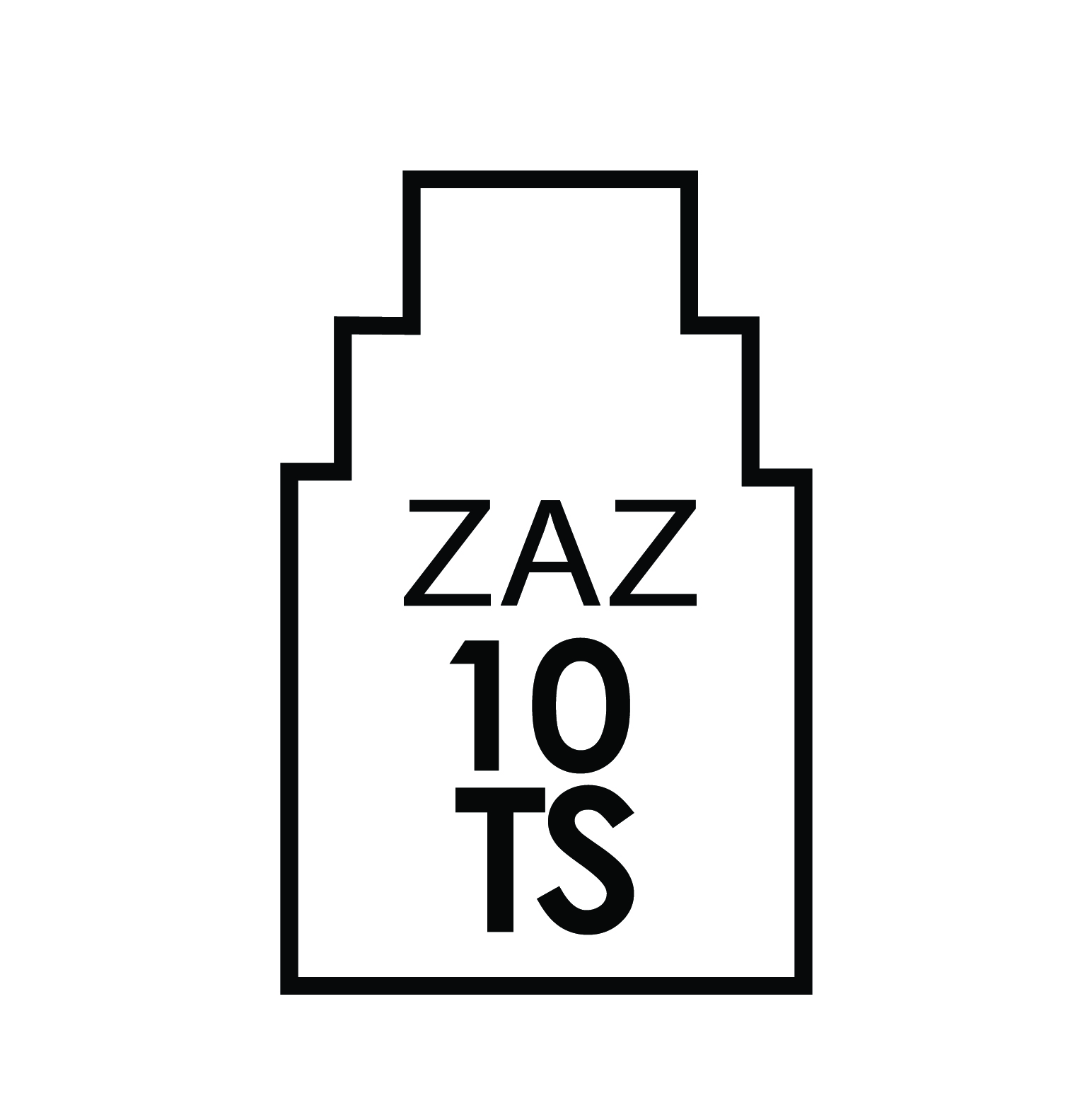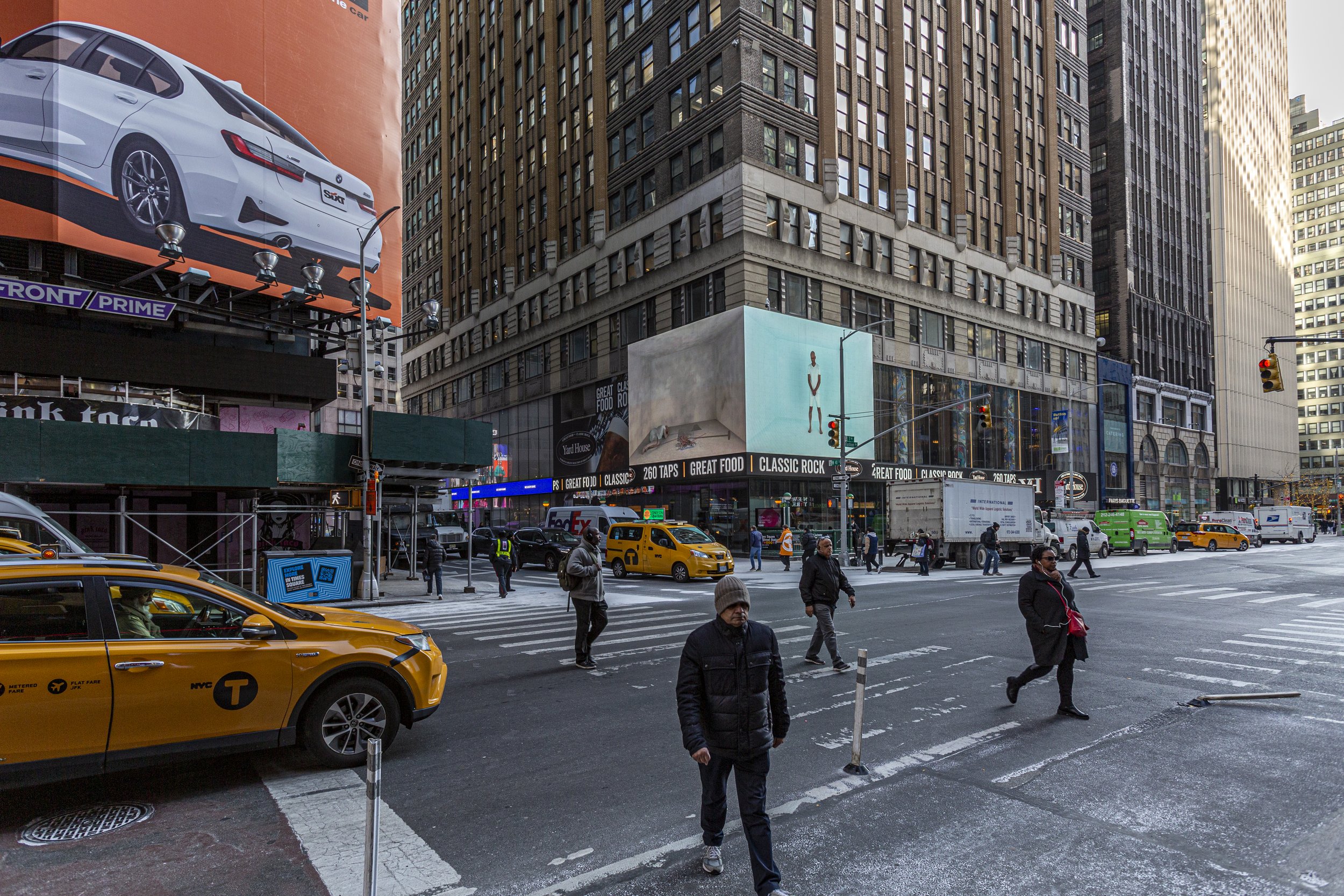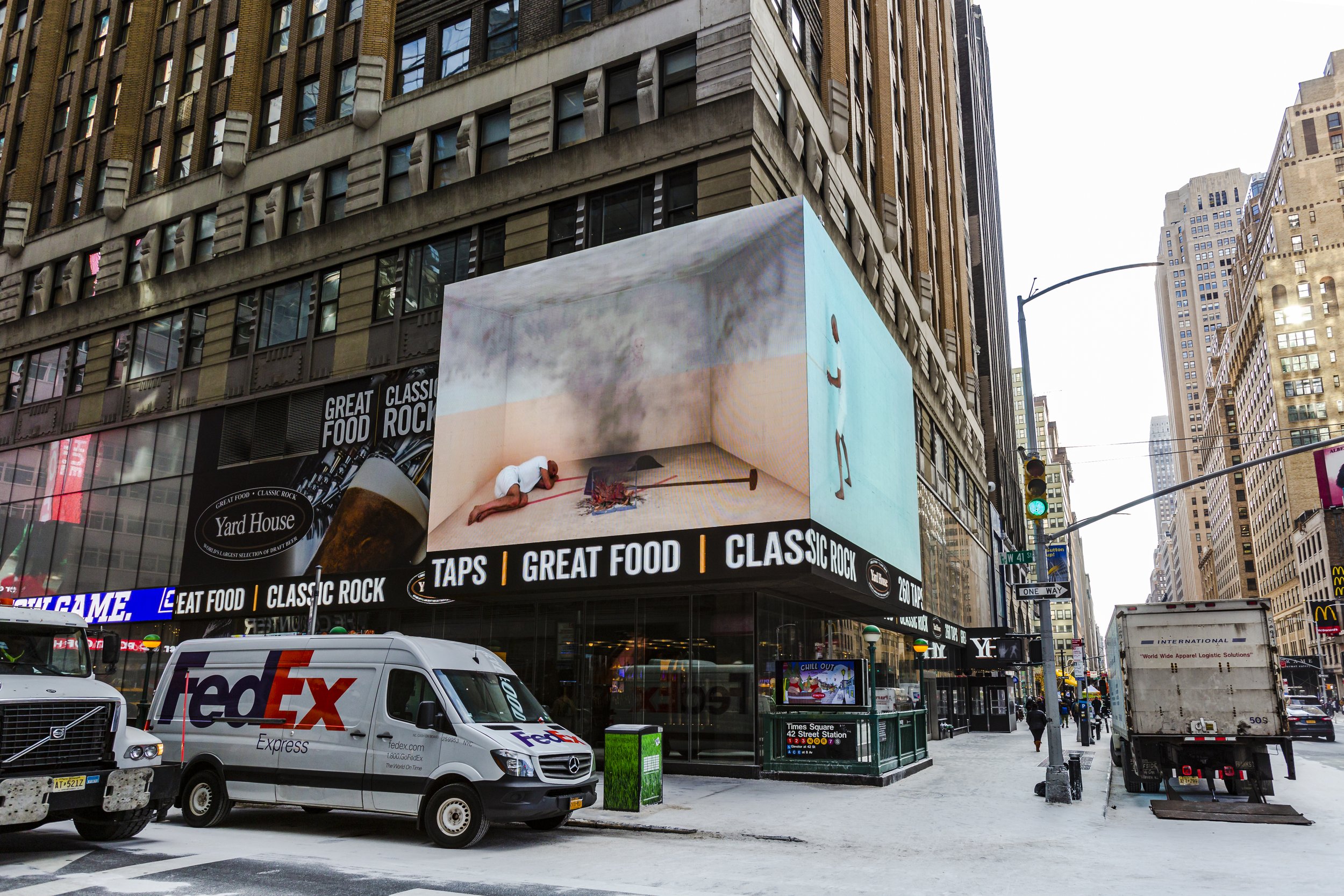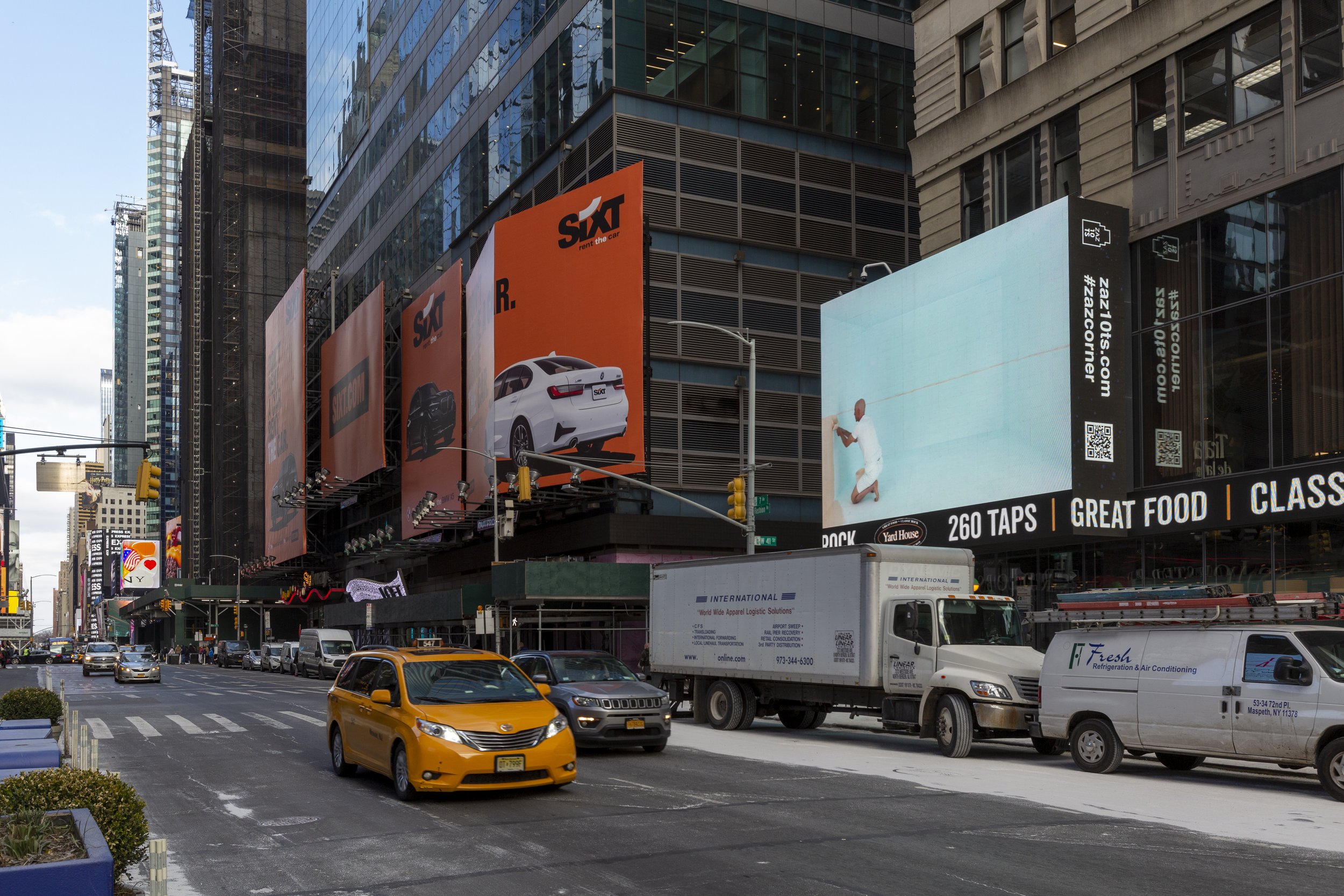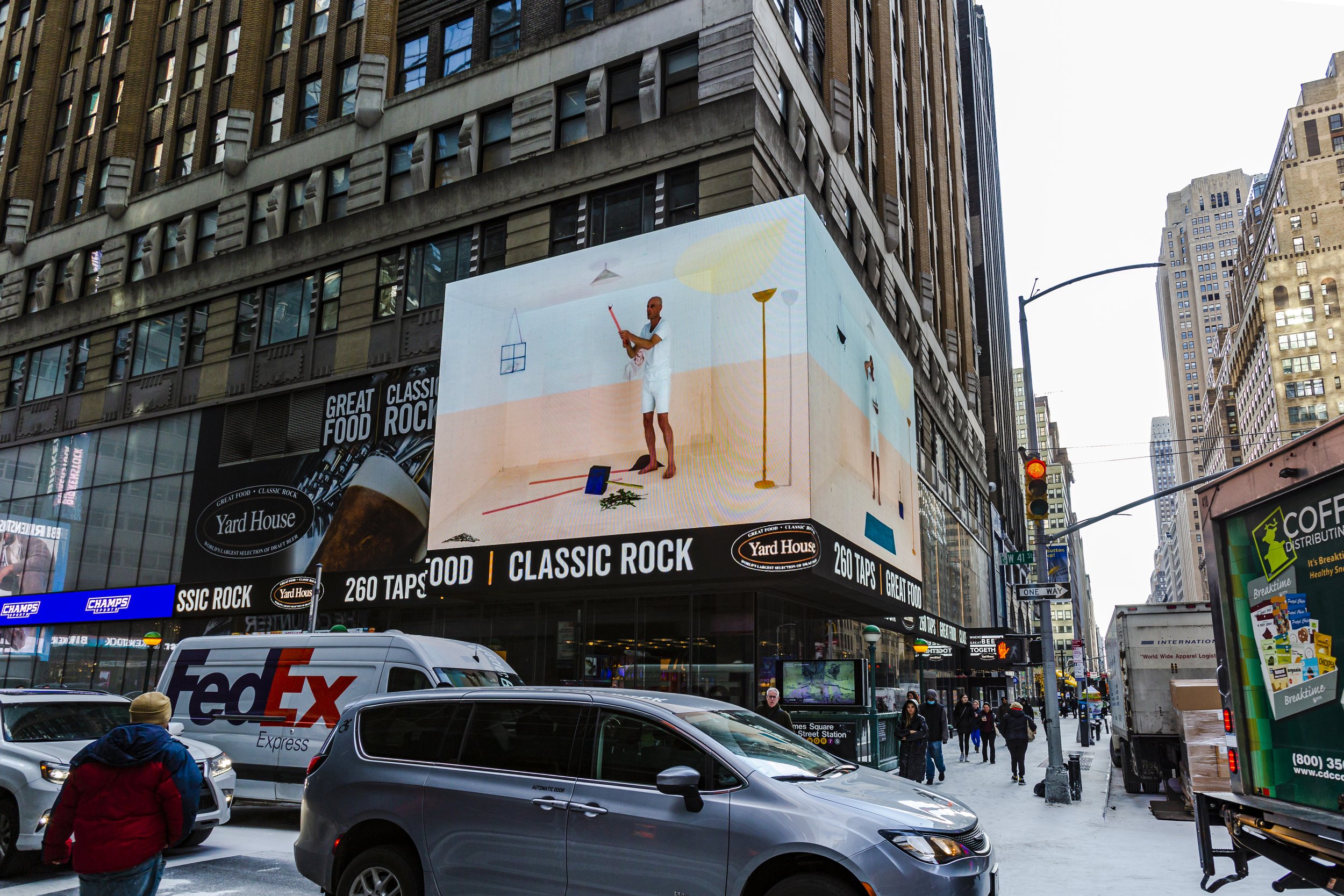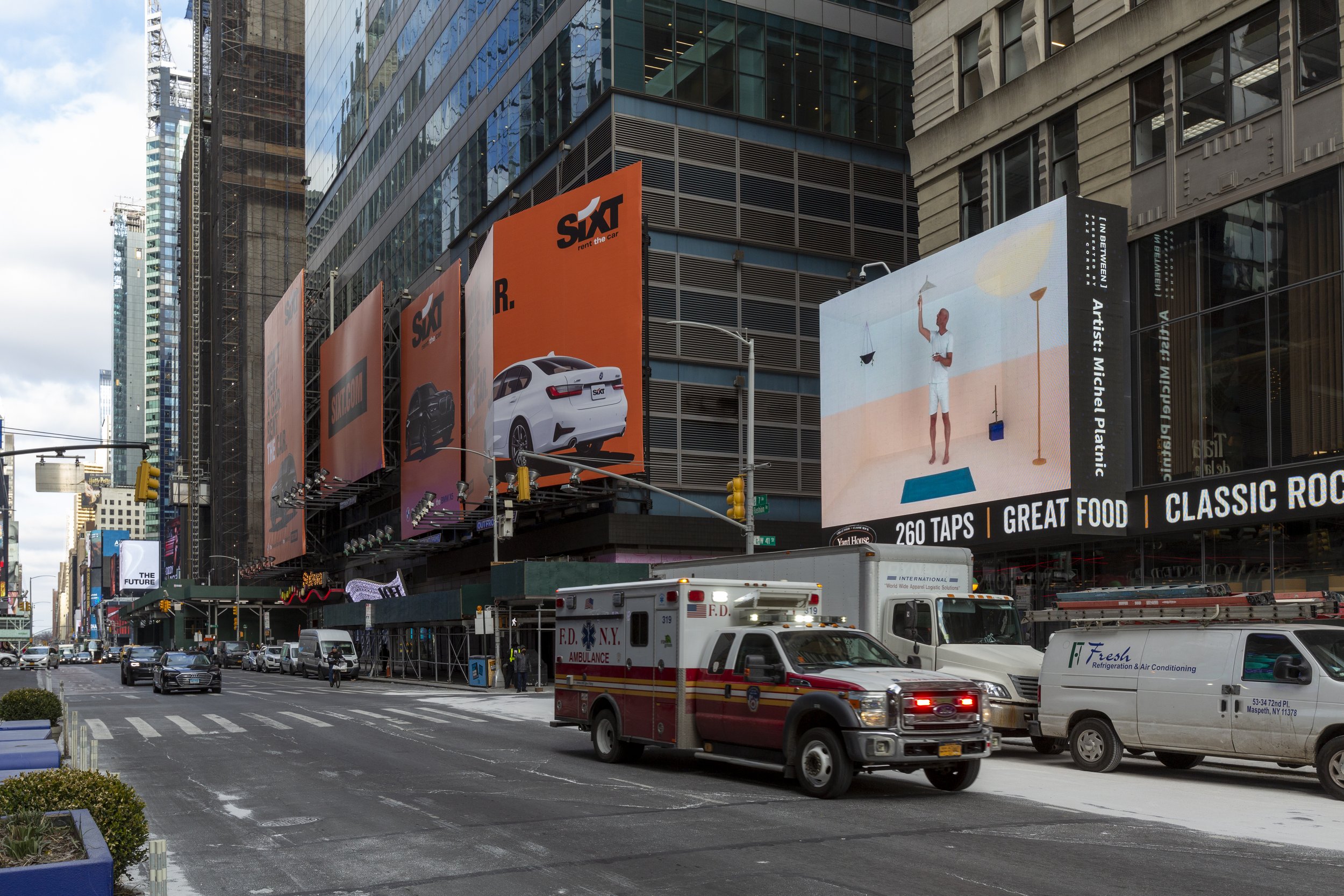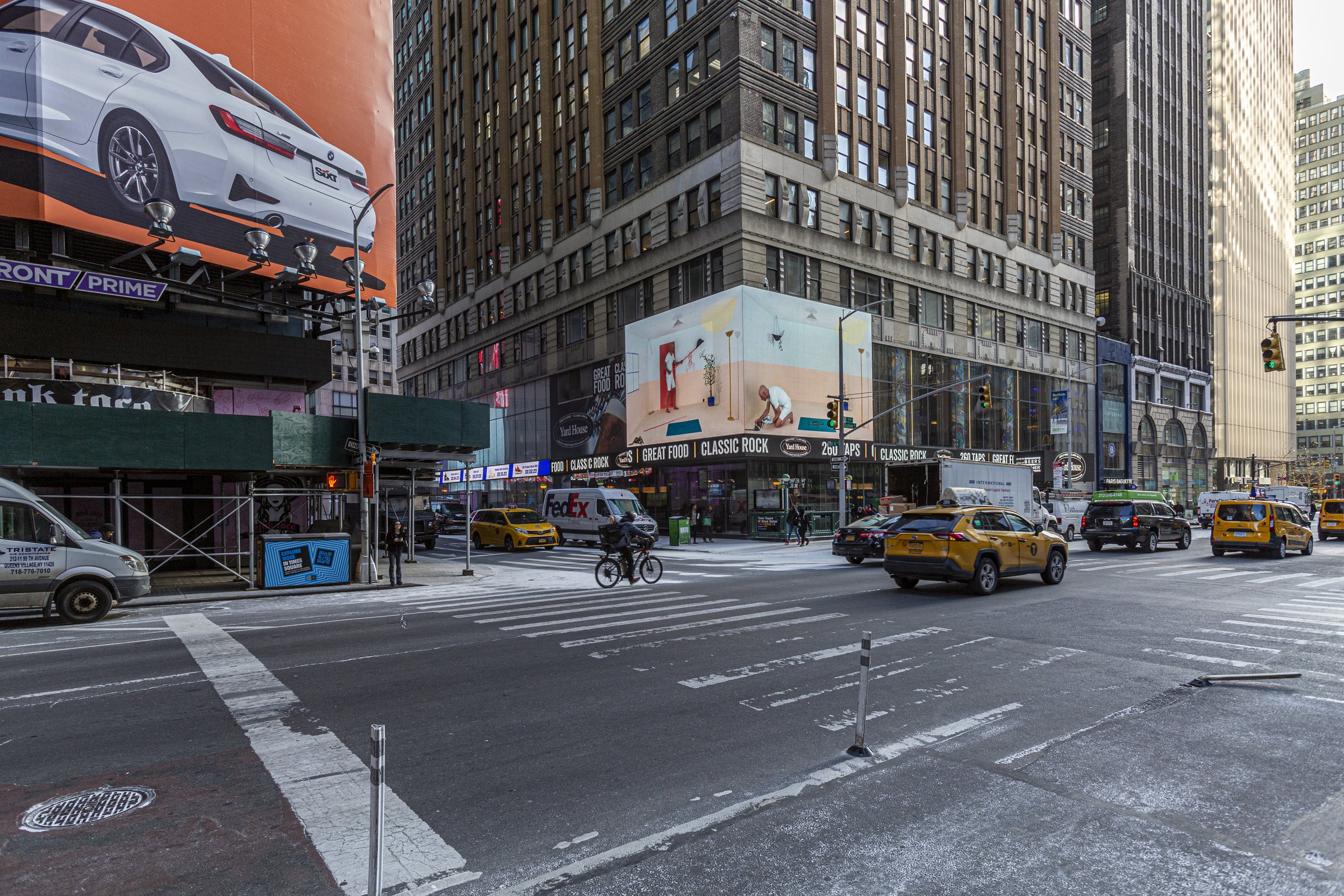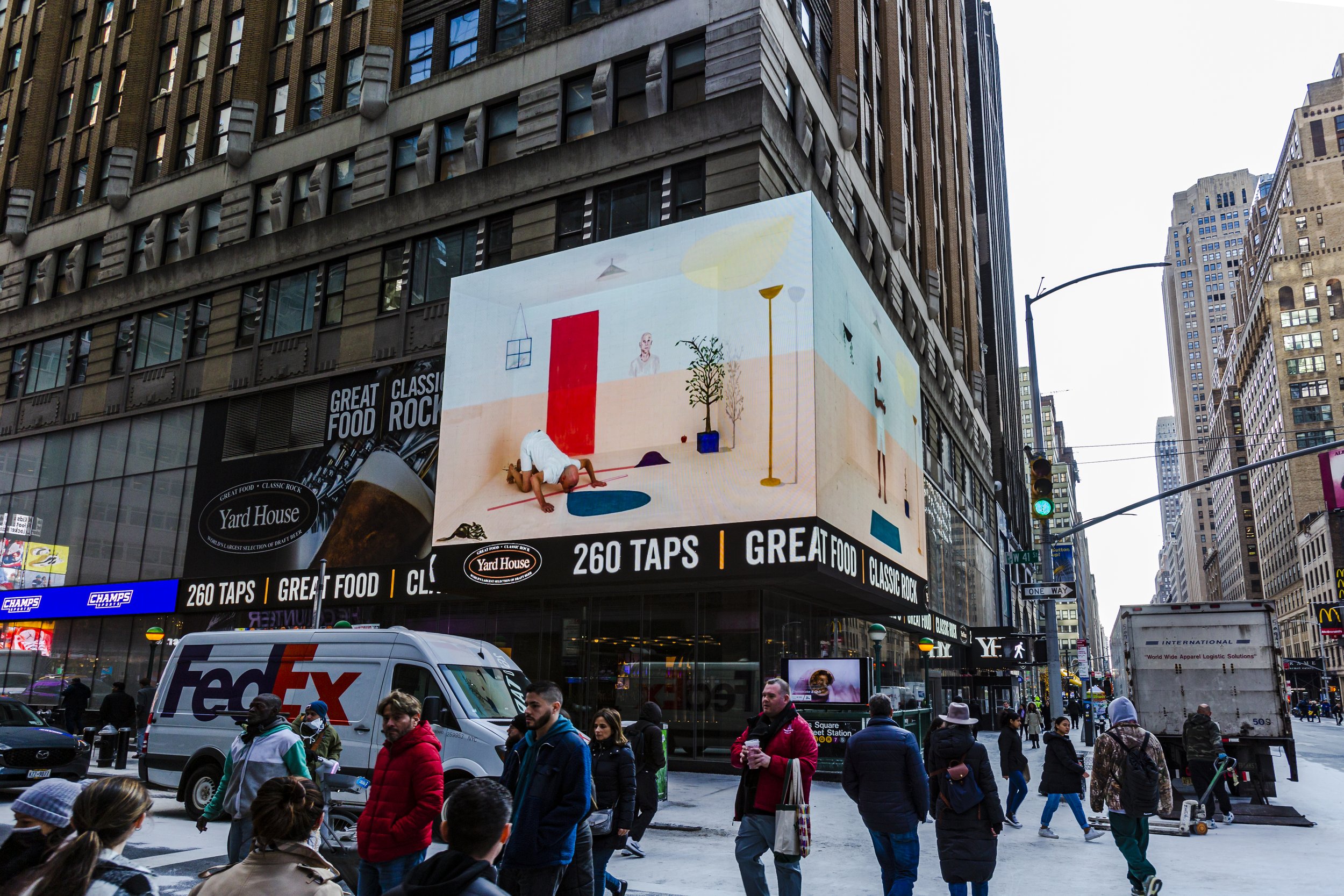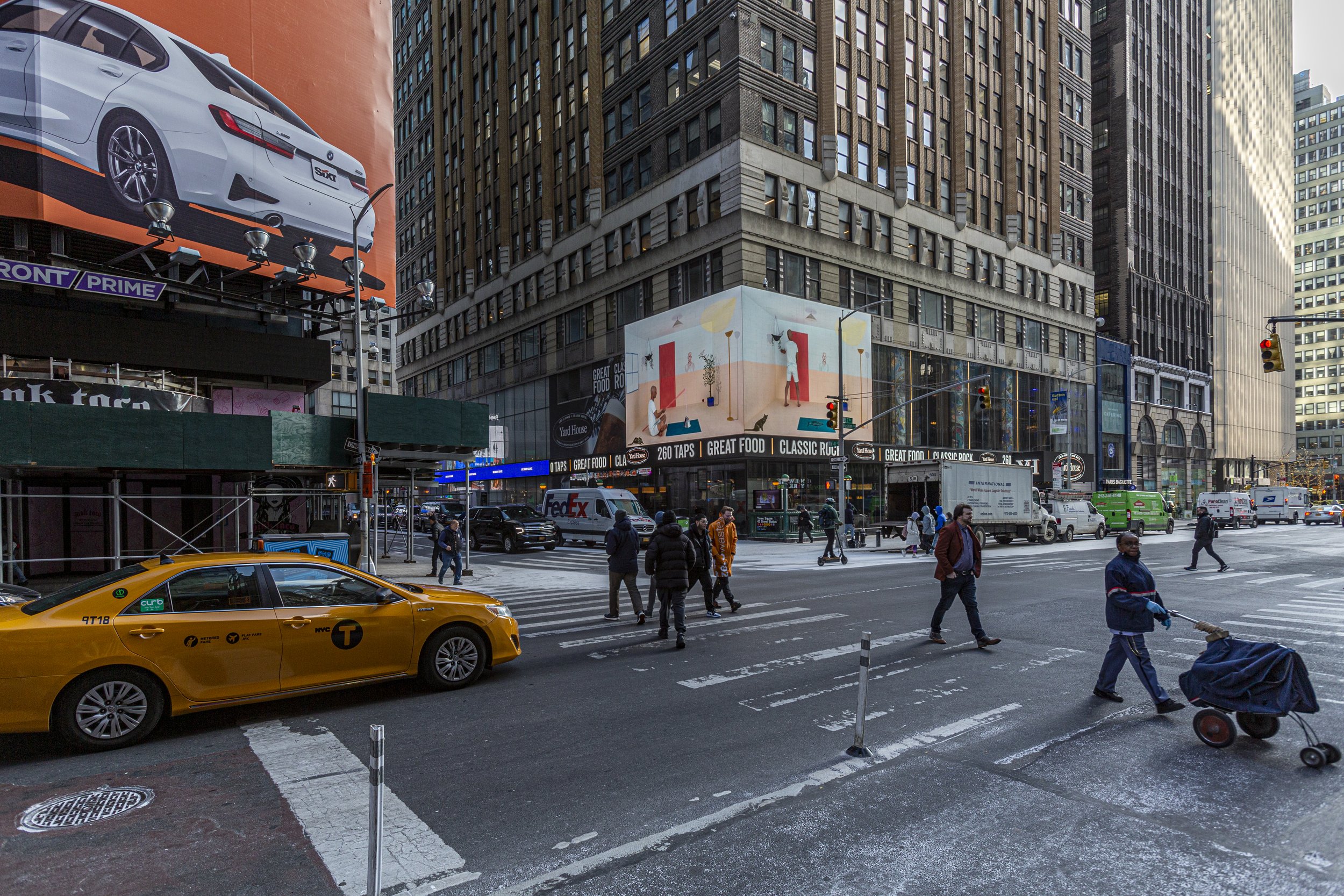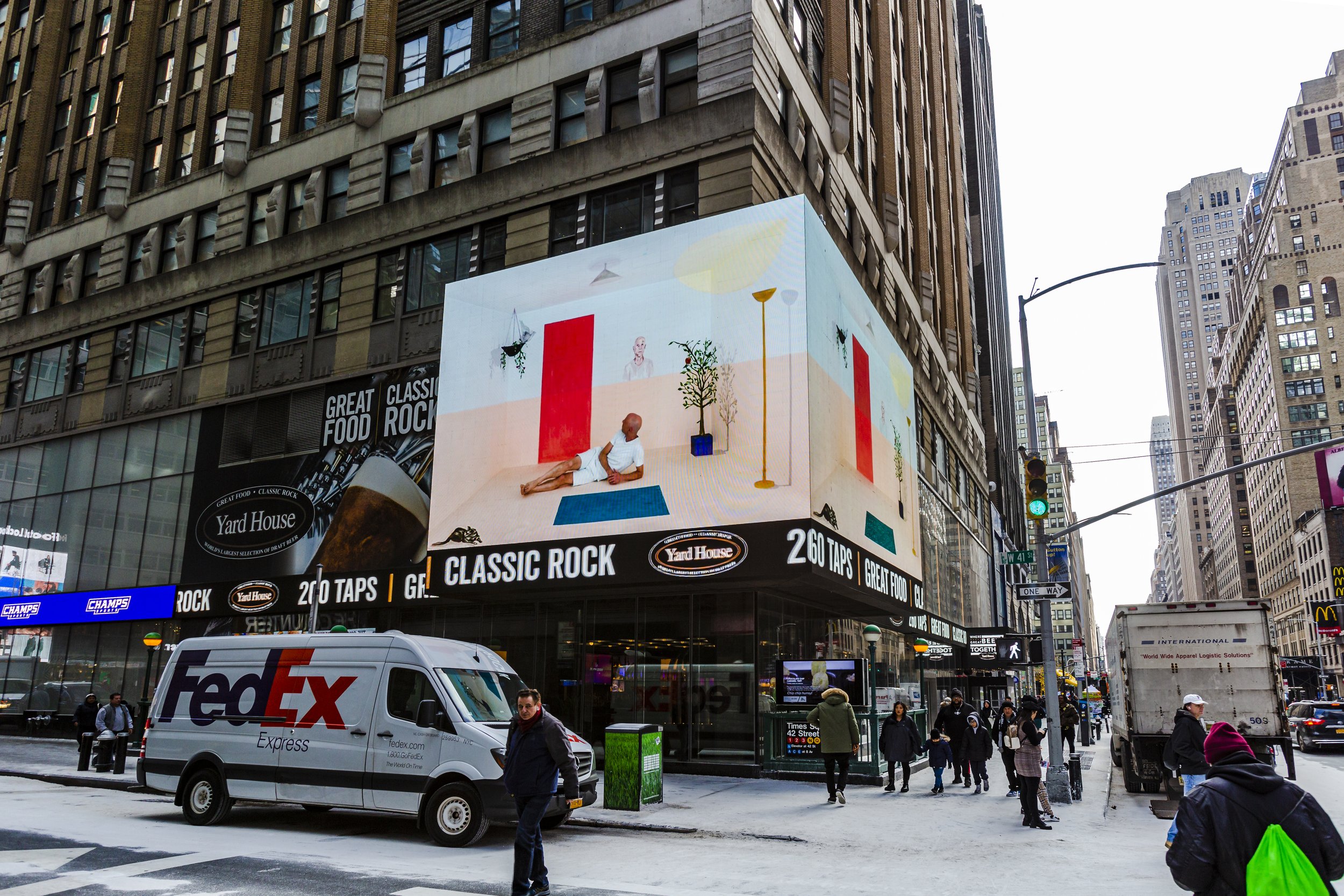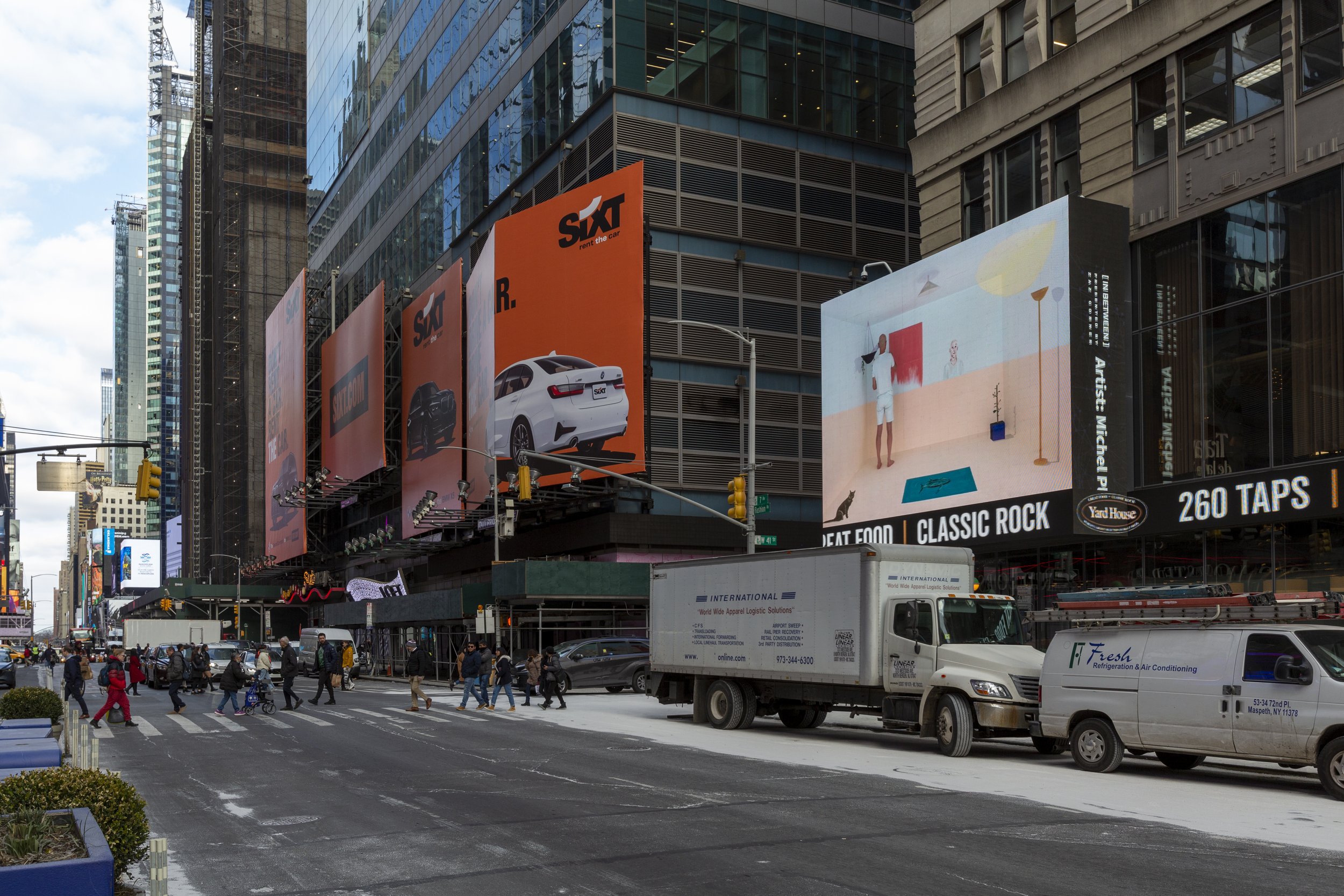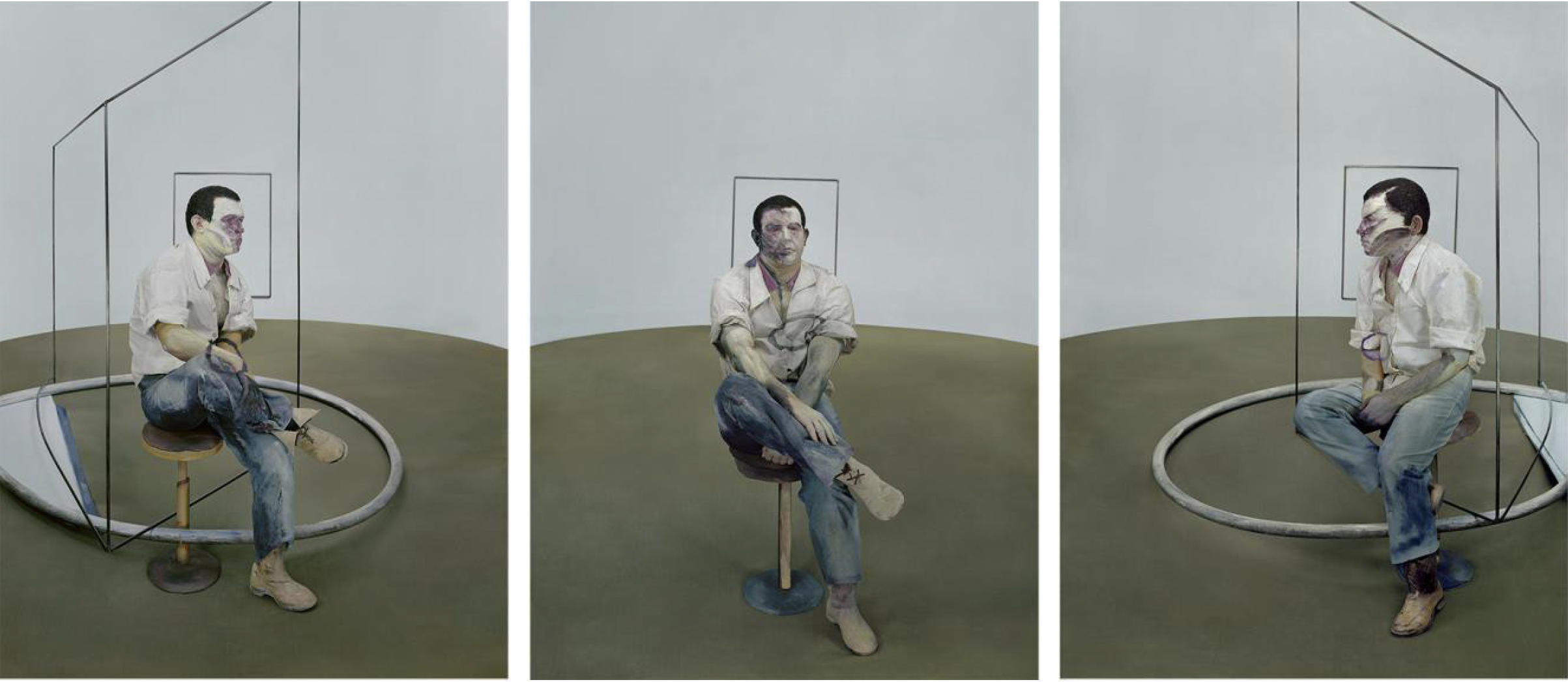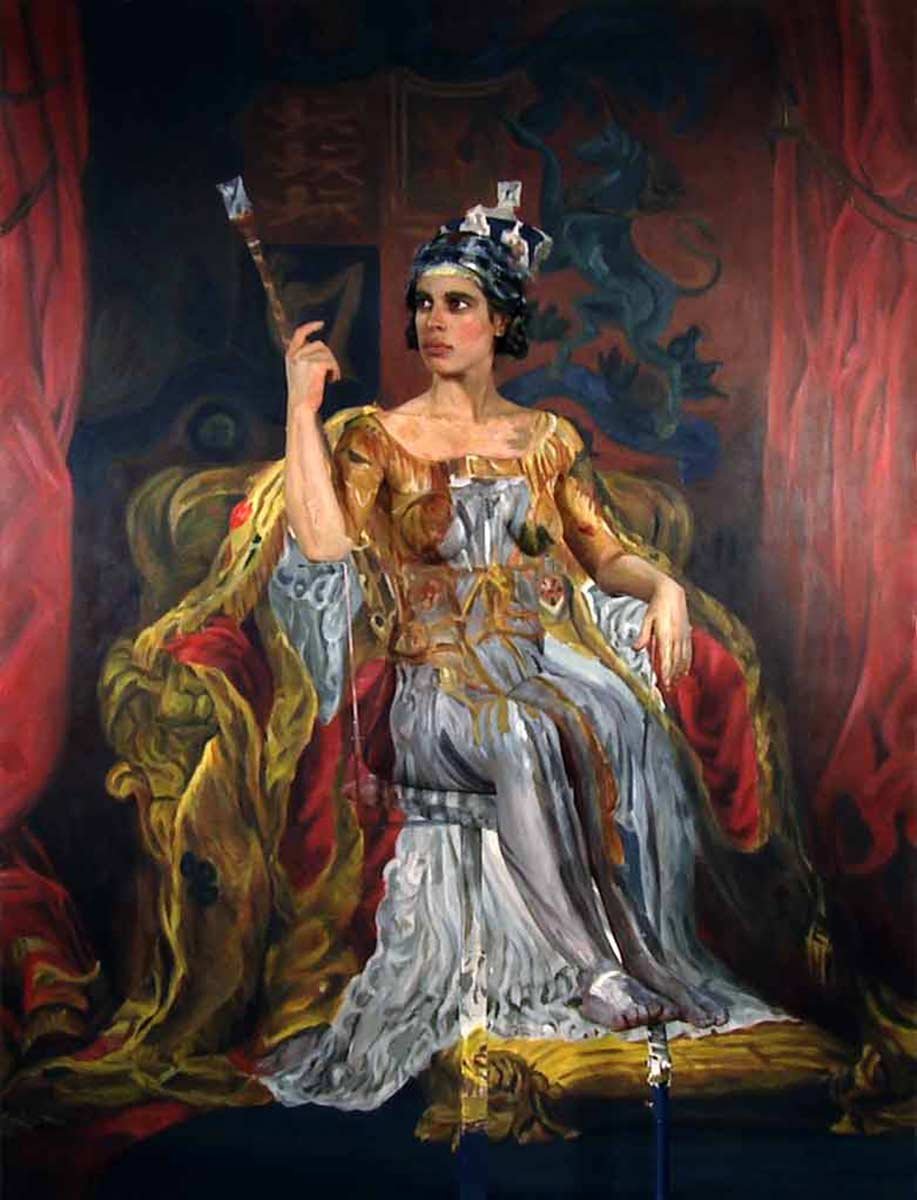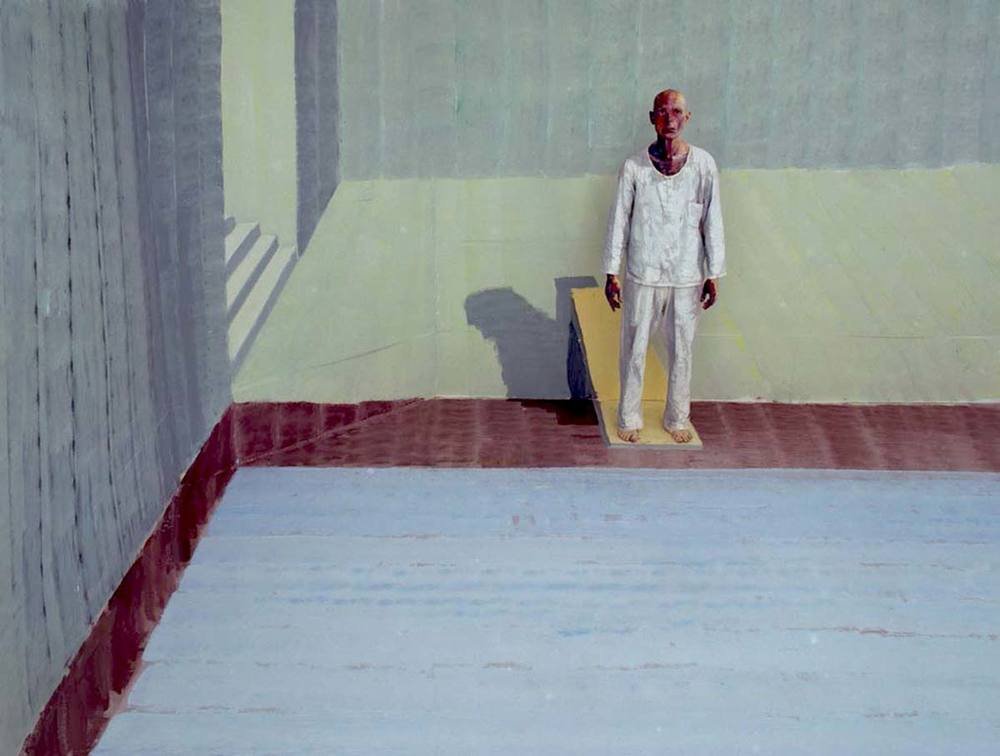Michel Platnic
Michel Platnic (1970), born in France, obtained a M.Sc. in Electrical Engineering in 1994. He obtained several patents and authored many publications when he worked as an Engineer for more than a decade.
He moved to Israel at 28 and found his artistic voice in his new place of residence and went on to study theatre, performance, martial arts, and dance. Realizing his inclination towards the Fine Arts, Platnic graduated in 2010 with honors in Fine Arts from the Midrasha School of Art in Israel. That very year, he received the Shpilman Grant for Excellence in Photography and was selected by ST-ART, an incubator project for young artists. Three years later, he joined the Gordon Gallery in Tel-Aviv, one of the most established Galleries in Israel. In 2017, Platnic completed the prestigious Art and Media “Meisterschüler” program of the Universität der Künste (post-M.A.) in Berlin. Since 2019, Platnic joined Lara Sedbon Gallery in Paris. His works have been exhibited in galleries, institutions and museums around the world. In 2022, Michel Platnic was honored with the Ministry of Culture Prize for Fine Arts in Israel, a testament to his significant contributions to the art world.
Website: michelplatnic.com | Instagram: @michelplatnic
Michel Platnic, Self-portrait with Checkered Shirt - 2020
Past PROJECT: Genesis de-Genesis
January 30 - March 13, 2023
10 Times Square Billboard, South East Corner of 41st Street and 7th Avenue
PRESENTED BY ZAZ CORNER “IN BETWEEN”
Video Documentation at ZAZcorner: 41st Street and 7th Ave
Michel Platnic’s new work draws inspiration from the biblical narrative of the creation of the world, as recounted in the Book of Genesis. Through pictorial, sculptural, theatrical and cinematographic means, Platnic creates a sort of one-man-show where he “recreates” day by day the act of creation. But the artist interprets this story in two parallel directions: from beginning to end, and conversely from end to beginning. One screen shows the creation narrative as we know it, whereas the other screen displays the same narrative, yet inversed. Dependence and interdependence splice the two stories that take place in parallel on a sort of Möbius strip with no beginning or end. The chronological narrative recounts the creation of nature followed by man’s use of it, which ends in destruction. The inversed narrative seemingly saves nature from destruction, yet as it draws nearer to its end (i.e. the beginning), the world gradually empties. Before us are two video screens that tell seemingly opposite stories, yet both end in the same tone, which may be interpreted either as a despondent end or as the possibility for a new, hopeful beginning. The two narrative inversions are linear yet looped so as to erase any beginning or end.
Platnic’s God creates his world and populates the empty space through the painting of flora and fauna. A parallel is drawn between the biblical god’s speech and the act of painting. The visual mechanism underlying the work is based upon the shortening and the distillation of matter, space and time, through the use of different media, symbols and gestures borrowed from the world of magic. The grand and wonderful acts of the biblical creation story – as large as the universe itself – are translated here to an intimate scale, to images both near and familiar: The world is the familial space, the celestial globes are lamps, the flora are represented by house plants, the fauna by a cat and a bird; it is the creation of the world and its destruction in a nutshell.
Platnic made use of the biblical creation narrative due to its fundamental status in, at least, the Western civilization. Platnic extricated from it the characteristic Western terminology that still shapes our understanding of the world and the constructs of our society, and opposes to it images from the natural world. The individual is facing the world or authority, and is not aware of his power and his responsibility. He is a prisoner of a language and a culture that conceptualize a priori his ways of observing and understanding his surrounding, that rigidify certain possibilities and exclude others. He is condemned to a fragmentary, culture-dependent understanding, only ever seeing bits of the bigger picture. He is unable to make use of all of the accumulated knowledge in the world, knowledge that once bore the promise of freedom of thought. Knowledge contains the potential for destruction.
Documentation photographer: Zdravko Cota
